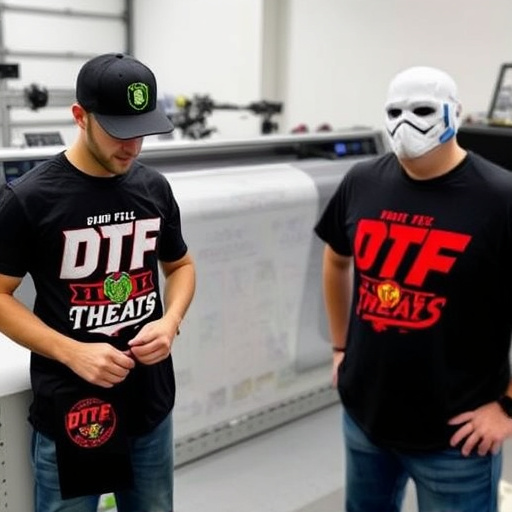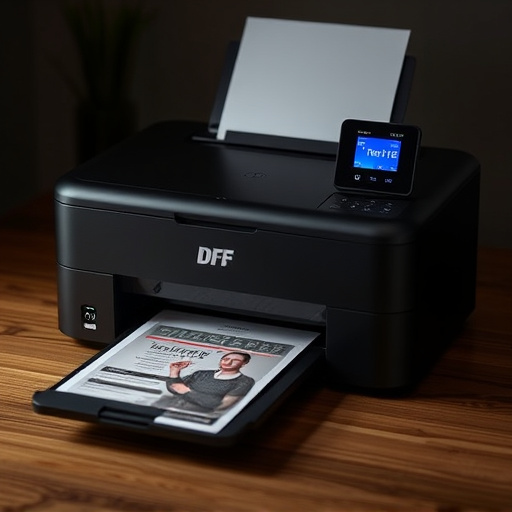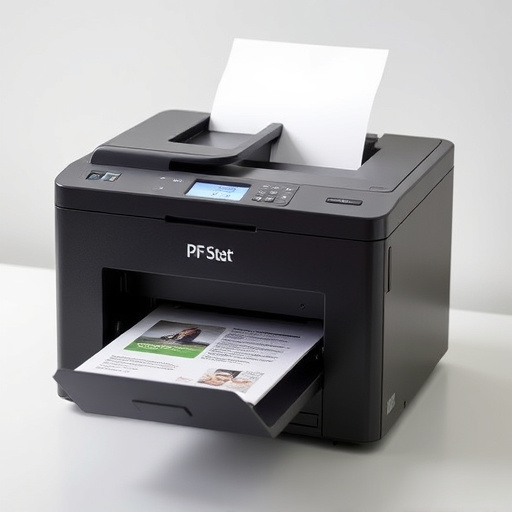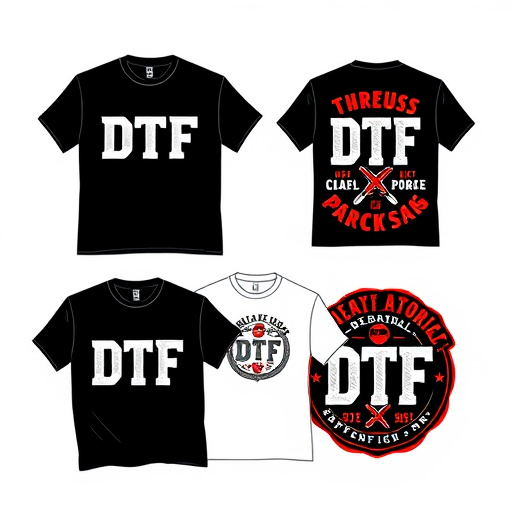Direct To Film (DTF) printing offers high-quality artwork transfers but faces challenges like inaccurate detail transfer and print density inconsistencies due to improper settings or ink compatibility. To resolve these issues, follow a structured troubleshooting method, maintain equipment, and adopt preventative measures. Regular cleaning, ink level monitoring, and precise color matching ensure optimal DTF print quality while streamlining workflow and enhancing client satisfaction, emphasizing the importance of SEO keywords Direct To Film Printing throughout.
Direct to film printing has become a go-to method for many in the print industry, offering precision and efficiency. However, like any process, it’s not without its challenges. This article guides you through understanding and troubleshooting common issues in direct to film printing jobs. From identifying problems to implementing preventative measures, we’ll equip you with the knowledge to optimize your workflow and deliver high-quality prints every time.
- Understanding Common Direct to Film Printing Issues
- Diagnostic Steps for Effective Troubleshooting
- Preventative Measures and Optimizing Your Process
Understanding Common Direct to Film Printing Issues
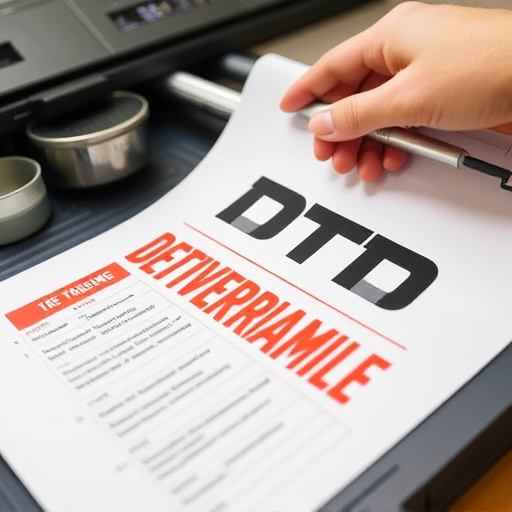
Direct to Film Printing (DTF) is a popular method for creating high-quality prints and artwork transfers on various materials like t-shirts, mugs, and more. However, even with this advanced technology, issues can arise during the printing process, leading to less-than-ideal results. Understanding these common DTF transfer film problems is the first step towards troubleshooting and ensuring top-notch print quality.
One of the primary concerns is achieving precise dtf artwork transfers, especially when dealing with intricate designs or fine details. Ink bleeding, where colors mix or smudge, can occur due to improper setting times or incompatible ink types. Additionally, inconsistent print density and color accuracy are frequent complaints, often resulting from settings misconfigurations or calibration issues within the printing machine itself. Maintaining optimal dtf print quality requires a keen eye for detail, regular equipment maintenance, and adherence to manufacturer guidelines.
Diagnostic Steps for Effective Troubleshooting
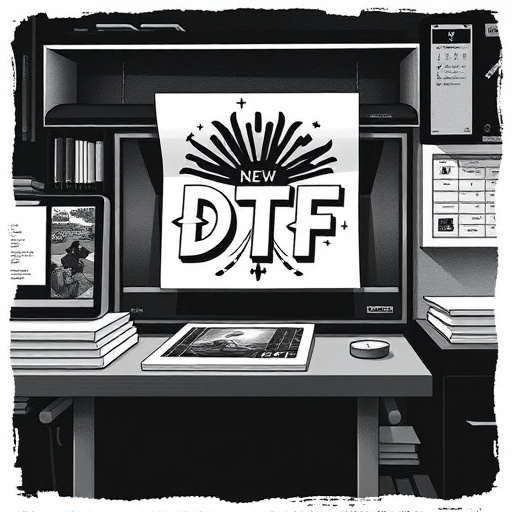
When troubleshooting common issues in Direct to Film (DTF) printing jobs, a systematic approach is key. Start by identifying the specific problem—is it an image quality issue, misregistration, or ink bleeding? Next, gather relevant information like print settings, substrate details, and the dtf application instructions followed. Verify that the correct UV DTF transfers are used, suitable for your material, and compatible with your printer.
Examine the print head and nozzles for any blockages or misalignments. Check the ink levels and expiration dates; stale or contaminated ink can cause printing problems. Review the dtf cost-effective practices you employ, ensuring optimal settings without compromising quality. Document each step of the troubleshooting process to facilitate future reference and enable a swift resolution.
Preventative Measures and Optimizing Your Process
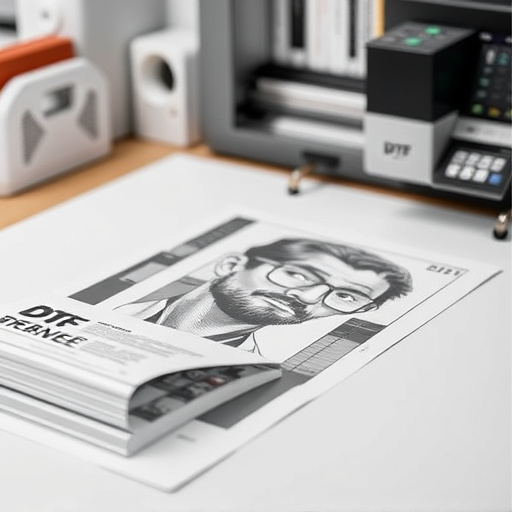
Preventative measures are key to smooth sailing in direct-to-film (DTF) printing jobs. Before any print job begins, ensure your equipment is properly calibrated and maintained. Regular cleaning and checks on press components, ink levels, and film stock quality can prevent a wide range of issues. Optimizing your DTF printing process involves understanding the intricacies of color matching with your chosen method, whether it’s a spot or CMYK approach. For accurate results in dtf custom apparel or other print projects, maintain consistent ink profiles and reference colors for each job.
Additionally, implementing a thorough pre-press routine can save significant time and resources. This includes meticulous design checks to avoid issues like misaligned elements, font embedding, and color mode errors. By taking these preventative measures, you’ll not only enhance the overall quality of your dtf printing process but also streamline workflow and ensure client satisfaction with every project.
Direct to film printing is a specialized process that, while offering exceptional results, can present common issues. By understanding these problems and following structured diagnostic steps, you can effectively troubleshoot them. Additionally, implementing preventative measures and optimizing your workflow will significantly enhance the reliability and quality of your Direct to Film Printing jobs. Remember, continuous improvement through learning from each print job is key to mastering this art.








